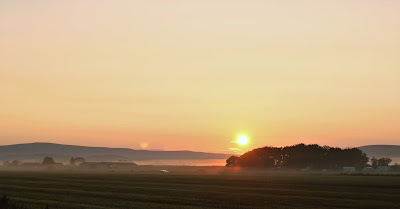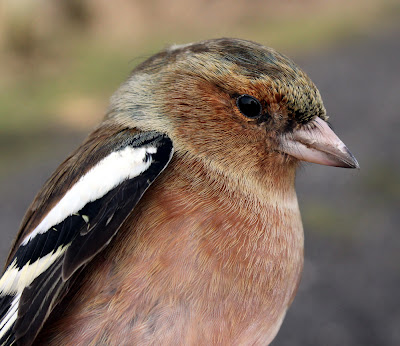As a change from local bird news I searched the Internet and also talked to local contacts about what’s going on in the wider world of birds.
So today and below are just a couple of snippets I found.
From The Lancashire and Westmoreland Gazette 1st August 2017 – “The Chairman of The British Upland Management Society (BUMS), multi-millionaire, landowner Sir Henry Spindley-Legge welcomed the news that three pairs of Hen Harriers successfully bred in England this year.”
“My keepers are tremendously proud of their achievement this year in almost maintaining the 2016 total of four pairs of Hen Harriers in the 50,000 square miles of upland England. For their hard and often unappreciated work that led to this wonderful outcome, each will receive a large pay bonus very soon. These men spent night & day and many long hours in the uplands to ensure that all our birds of prey were accounted for. Their newly issued hi-tech night-time goggles and digital equipment allowed them unrivalled views and close inspection of nesting Peregrines, Merlins, Goshawks and Hen Harriers at their overnight roosts and daytime haunts. Unfortunately the early find of the first Red Kite nest in our area could not be followed up due to inclement Spring weather when the kites decided to head back to warmer climes.”
Gamekeeper
“Sad to say that accidents do happen and whilst patrolling on a particularly cold and windswept dawn when no one else was around, our most experienced keeper Olly Winchester tripped over a large boulder and accidentally discharged his shotgun in the direction of a sitting Peregrine. Needless to say, Olly was distraught and despite his best efforts to revive the bird with chest compression and then placing the expiring creature under a warming clump of thick heather, the poor thing died.”
“When the RSPB later informed us that the incident had been captured on their CCTV, and despite ours and Olly best efforts to explain, he was in the frame. Nevertheless I explained to Olly that unfortunately we had to quickly find a replacement keeper but that upon Olly’s release from Pentonville his bonus will still be paid and he will have the responsibility of mucking out the dog kennels.”
But now from local contacts come reports of a new bird sightings pager company, Speedbird at
speedbird.org. Their stirring motto? “Our Message Is Your Motivation”.
The company, under the direction of its birder-founder Les Vane is offering a package to rival, and in most cases beat, those of established pager companies, but from a more user friendly and acceptable starting point of £99 a year.
Les claims that his bargain pager service is “the ultimate tool” for birders with live news of over 100,000 sightings per year, updated on a constant 24 hour, 7 day basis by his team of experienced but retired twitchers now looking to augment their somewhat depleted nest eggs.
Subscribers will have access to the Speedbird web page and Smartphone coverage offering live stream videos of birds and twitches as they happen. Les says “In this way birders can not only check up on the bird in real time but also on the birders who are there, or more importantly, birders who are not there.”
Speedbird pager
There will be a large Photo Gallery to share photos, but as Les explains, “This will be restricted to 50 photos per rarity per person and just 1000 pictures per rarity overall, as our systems may be unable to cope with so much digidata”. He adds mischievously, “and in any case when you’ve seen one you’ve seen them all”.
Les described how a “Previous Records fully searchable database” will include all accepted rarities in Britain and Ireland, with colour maps, stats, photos, and an important novel feature, the highly important name(s) of those credited with the find.
He also claimed his pager to be “unhackable” to ensure there will be no false records from rival twitchers posting messages that send birders in the wrong direction to often far flung places in search of birds that don’t exist. A valuable feature Les.
Twitchers
There are worthwhile links from Speedbird.org. Users can click onto Car Hire firms, a list of B&Bs located all over the UK, and even private hire boats and planes based at local ports and airports. In addition to these special offers Les has also signed up many petrol stations to give discounts to Speedbirders.
Another Bird Blog normally steers clear of recommending products and services to its readers but in this case I will make an exception. Les is offering a free 6 month trial to the first one hundred subscribers so come on folks, give Les a go.
After all, another pager service must be a good thing and we can never have too much news of rare birds can we?


















































































